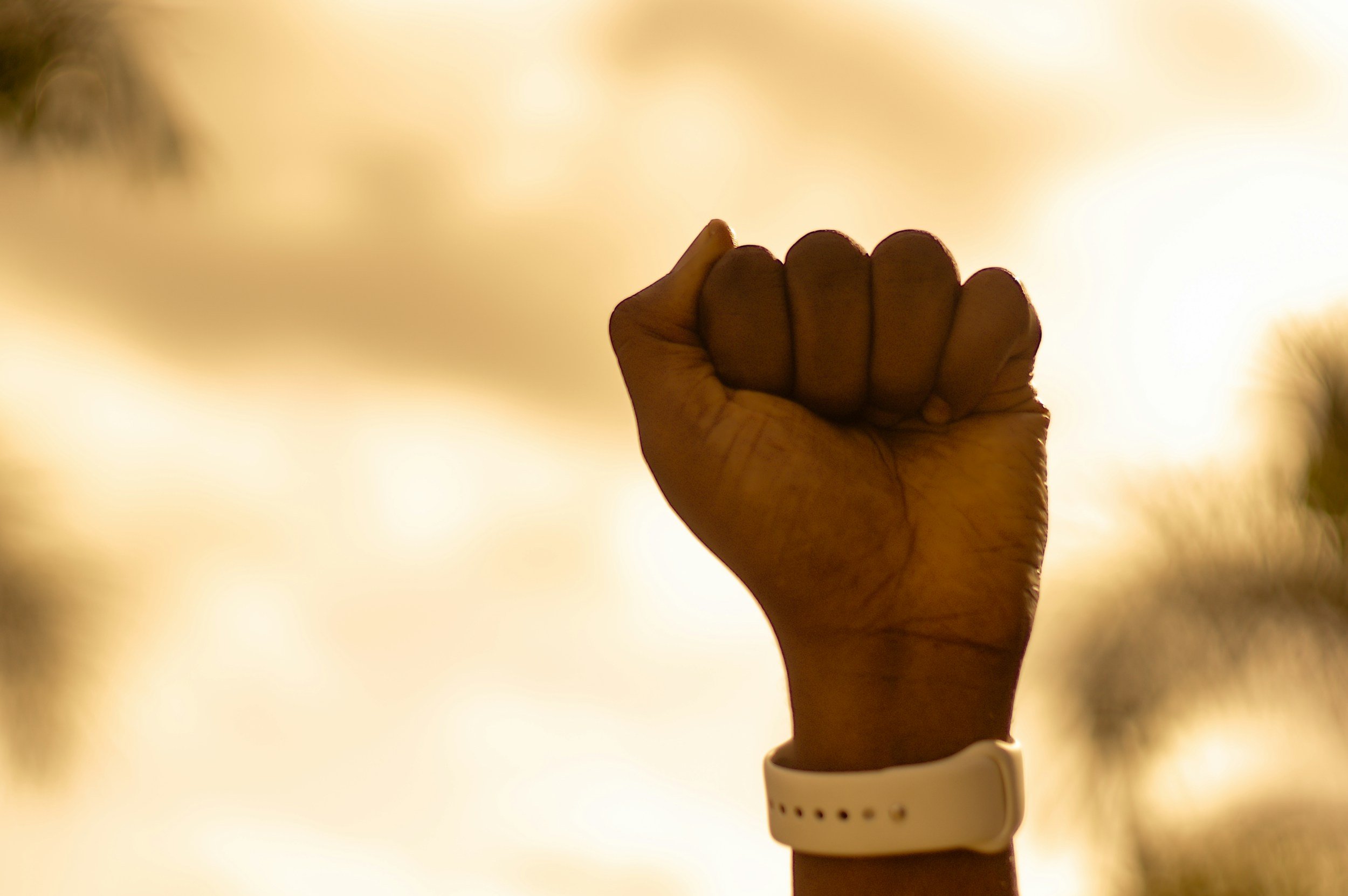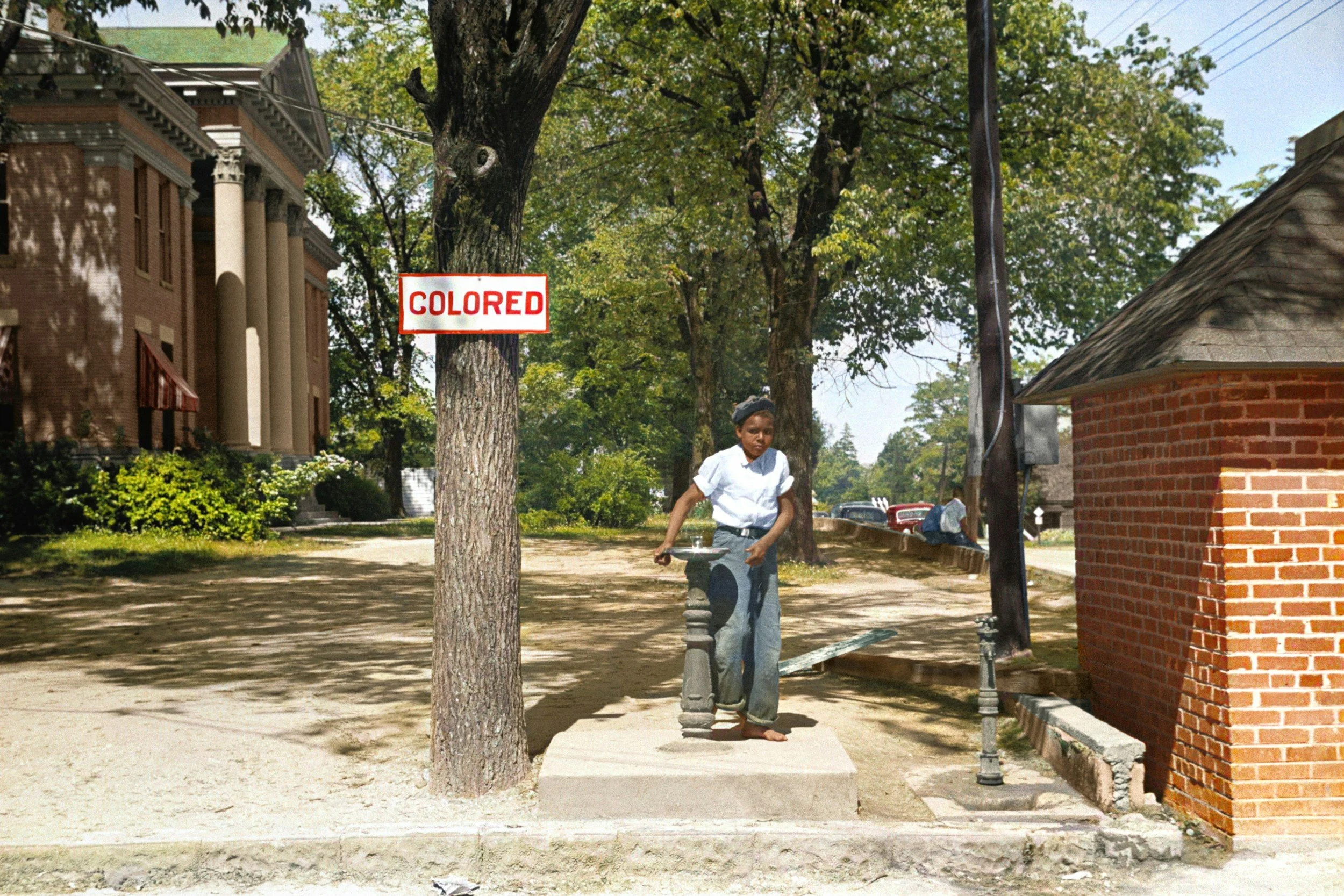
"The FREE Zion Project is grounded in the practice of dreaming through reflection. We reflect on the sociohistorical and cultural nuances of this region as it pertains to our experiences in schools. Then, we imagine alternative techniques that build empowering learning environments for Zion."
—Dr. LeAnna Luney, Project Director

Where is Zion?
“Zion” refers to a familial and cultural community located in Meade County, Kentucky. Zion hosts one of the county’s oldest churches, Zion Grove Missionary Baptist Church, who is the community partner for The FREE Zion Project. While much of Meade County’s African American population reside in Zion, many more are children of Zion, meaning that they may have relocated from the community’s geophysical location and/or are the children of people who grew up in Zion. At The FREE Zion Project, we recognize all community members of Zion, even those who reside outside of the geophysical constraints of town borders.

Zion’s Freedman Schools
Local Black schools thrived in the South after Emancipation for approximately seven years only. 1870 marks a resurgence of educational disenfranchisement due to southern white planters’ pushback for power over an enslaved labor force, working class white southerners’ apathy toward Black liberation and education, and white northern philanthropists’ ulterior motives to control the southern economy and political power using Black education. At least two freedmen schools were documented and recorded in Meade County, Kentucky between 1866 and 1870. During the Jim Crow era of the U.S., 200 students attended, and 9 educators taught at 9 colored schools in Meade County between 1895 and 1897. Exclusively Black schools existed in Meade County until the Meade County Schools District desegregated during the 1956-1957 academic year.
The FREE Zion Project relies on our elders’ lived experiences in segregated and desegregated schools to dream of better educational futures for our youth. Curriculum Builders have expressed the importance of learning the truth about how we built our local freedman schools, desegregated local county schools, and connect our stories with today’s school systems. We acknowledge, appreciate, and uplift the stories of Zion’s elders and community members.

What are Freedom Schools?
Freedom schools are learning and teaching environments through which the members of a Black community become aware of how they are racially positioned locally and within broader society, raise critical consciousness amongst one another within a political context, and mobilize to create change rooted in their lived experiences.
The origins of freedom schools rest in the Civil Rights Movement during Mississippi Freedom Summer in 1964. During Freedom Summer, students and other young folks created schools to countermand white supremacist power by teaching classes on voting, political organizing, Black empowerment, and creative arts. The Student Nonviolent Coordinating Committee established freedom schools to circumvent inadequate and unjust education systems perpetuating Jim Crow racial politics against Black sharecroppers.
Recent scholarship on freedom schools provide counternarratives and alternatives to the school to prison pipeline, under-resourced Black schools, and other aspects pertaining to the systematic disenfranchisement of African Americans through education. According to education research, freedom schools improve literacy rates and foster a love of learning for Black students.
Why Freedom School?
Because Our Local School Systems Disempower Us Every Day.
Miseducation
In The Miseducation of the Negro (1933), Carter G. Woodson argues that the American School system weaponizes curriculum to teach students that Black people are inferior, nonhuman, and incapable of being educated the same way that whites are educated. Miseducation as a framework encourages us to name anti-Black phenomena in schooling.
Predominantly White Institutions (PWIs)
“Those institutions whose histories, policies, practices, and ideologies center whiteness or the white majority. PWIs, by design, tend to marginalize the identities, perspectives, and practices of people of color” (Morales & Raible, 2021). Naming a school as a PWI centers which population of students, teachers, and administration hold a majority of power, as opposed to only looking at demographic numbers on race.
Teaching America’s Principles Act (Senate Bill 138)
A state-wide legislative act limiting curriculum and teaching on “current events or controversial topics,” censoring classroom discussions on topics like race, racism, sex, sexism or inequity.

We have the power to empower ourselves.
The time is now. The Zion community has faced anti-Blackness in schools for generations. It is time for us to build strong relationships with learning through a curriculum that centers our local history and our Blackness.



